EDITOR’S NOTE: Part I is an overview of the Utah film industry in the current moment. Part II (tomorrow) will offer a summary preview of the Sundance 2022 feature-length and short films, which The Utah Review will cover.
It was so close. Three weeks before Sundance 2022 (Jan. 20–30) was slated to open, organizers had planned for a hybrid gathering of in-person and online screenings. With plans of operating at 60% of the festival’s capacity, as compared to 2020 (the last time the festival was in-person), organizers were planning to offer 84 feature-length films, as opposed to 127. There would have been 10 venues instead of 18 and the first-half of the program would have repeated in the second half of the festival. Award winners would have been announced on the second Friday and jury prize winners would have been screened during the final weekend.
But, with ongoing pandemic concerns, the festival has moved entirely online again, for the second year in a row. But, there are many selections that will command great interest among film enthusiasts as well as those in the industry looking for cinematic properties to acquire for distribution. Meanwhile, Utah’s film industry continues to mature and thrive, as evidenced by some of this year’s slate for the festival.
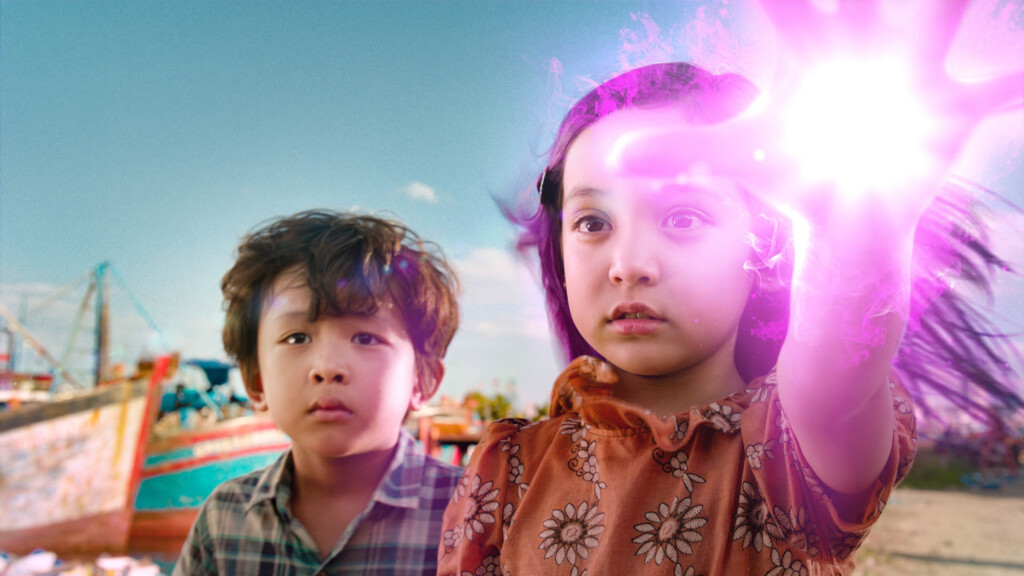
As Geralyn Dreyfous, one of the founders of the Utah Film Center and executive producer with Impact Partners and cofounder of Gamechanger Films (who, once again, has several projects represented in the program), notes, there are several significant trends in this year’s Sundance slate. Documentaries continue to rise in prominence and appeal for widespread distribution. Three of the seven films in the festival’s NEXT category and 10 of the 21 Premieres category are documentaries. Part of it is due to the pandemic, where the production pace of narrative films has slowed considerably, especially as costs for large production crews are prohibitive due to restrained financing. A documentary production crew can be small, agile and resourceful. Also, documentaries have flourished when directors and editors have been able to process and integrate archival materials, which offer a manageable, prudent and a feasible creatively enriching safe way to explore and research a topic for a documentary.
This year’s slate also is trending back toward the programming roots that solidified the independent creative brand at the core of the Sundance legacy. Approximately 80% of the films chosen this year had no distributors at the time of the festival program announcement and 42% have films for the first time as credited directors. This represents a dramatic reversal of trends previously, when more than one-third of films at least had distribution deals already inked.
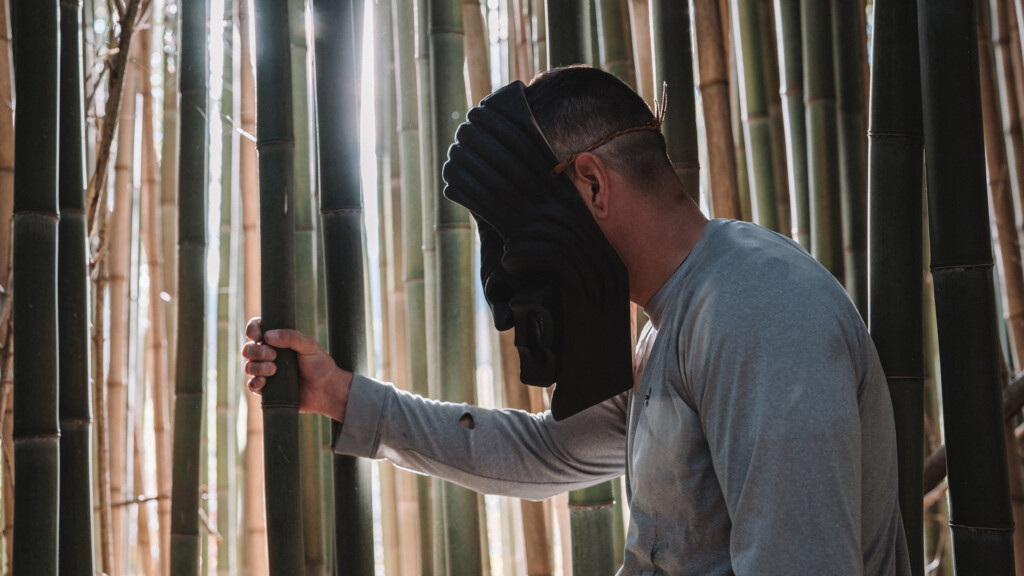
Biopics also are prominent, including 10 features with well-known actors and producers. They include films about Princess Diana, Bill Cosby, Kanye West, Sinead O’Connor, and Lucille Ball and Desi Arnaz. There also are films about reproductive freedom, midwives, bipod history, augmented reality, robots, cloning and artificial intelligence. There is a documentary about four missionaries from The Church of Jesus Christ of Latter-Day Saints who were assigned to Finland.
Horror also is a frequently appearing genre in many festival categories. Horror has been an excellent festival draw. One of Sundance’s best performing horror films in recent years was Hereditary, from 2018. A psychological thriller about a family in the aftermath of a grandmother’s death, directed by Ari Aster and which starred Toni Collette, Gabriel Byrne, Alex Wolff and Ann Dowd. The film, sponsored by the Utah Film Commission, grossed worldwide box office receipts of nearly $80 million (easily recouping the costs of its $10 million budget) and was ideally positioned to bring in more revenue on various screening and streaming platforms.
FILM INCENTIVES AND THE UTAH FILM COMMISSION
This year, there are six films represented in the festival slate that either are associated either with the Utah Film Center’s fiscal sponsorship program and/or Dreyfous, through Impact Partners Film. The Utah Film Center also has selected two films for the Sundance Kids slate, including Summering, which also received state film incentives from the Utah Film Commission. The production, with an estimated spending of $2 million in Utah, was filmed last summer.
Summering, directed by James Ponsoldt and produced by P. Jennifer Dana and Peter Block, is about four girls whose summer vacation is about to end as they make the transition to middle school. Originally, the film was set to be shot in Pasadena, as the script referenced one of the area’s most familiar landmarks — the Colorado Street Bridge spanning the Arroyo Seco, the seasonal river bed.
Meanwhile, Dana had talked about the positive experiences of filming Brigsby Bear, a 2017 Sundance feature, in Utah, which also was sponsored by the Utah Film Commission. The film, about a man who lives in an isolated underground bunker with his family and watches a children’s show featuring the bear character, was shot in locations including Stansbury Island, areas near Smith and Morehouse Reservoir, the Tower Theatre in Salt Lake City’s Ninth and Ninth neighborhood, and the Memorial Courthouse in Farmington.
In an interview, Ponsoldt recalls his numerous experiences in Utah, not just with Sundance (his fifth as a filmmaker) but also when he rode across the state on a bike in his younger years. “The film is about kids anticipating the end of their summer vacation and we wanted to make this film, where we could feel it was specific everywhere but joy yet a specific town in America,” he explains. Working with Derek Mellus, the film commission’s production manager, the group organized scouting trips stretching from Ogden to Provo. The nearby canyons made some choices easier. The team selected locations that are different from usual draws such as the city’s Federal Heights, Avenues and Sugar House neighborhoods. Dana, who joined Ponsoldt in an interview with The Utah Review, says that she was especially pleased to find the old Main Street in Midvale, which seemed to have been plucked “like a moment from yesteryear in a small American town.” But, the spot also resonated with a contemporary vibe, which included a coffee shop and a nearby taco truck. Other scene locations included Old Sandy and the nearby Dimple Dell Regional Park.
For 2021, the diversity of projects receiving state film incentives was extensive, with some productions geared toward streaming platforms, including Highsail, a comedy series filmed in various Salt Lake County venues and the holiday season comedy The Real Housewives of the North Pole, which was slated to be available on Netflix. There also was the second season of Freelancers, which is a project of former cast members on BYUTV’s comedy sketch show Studio C.
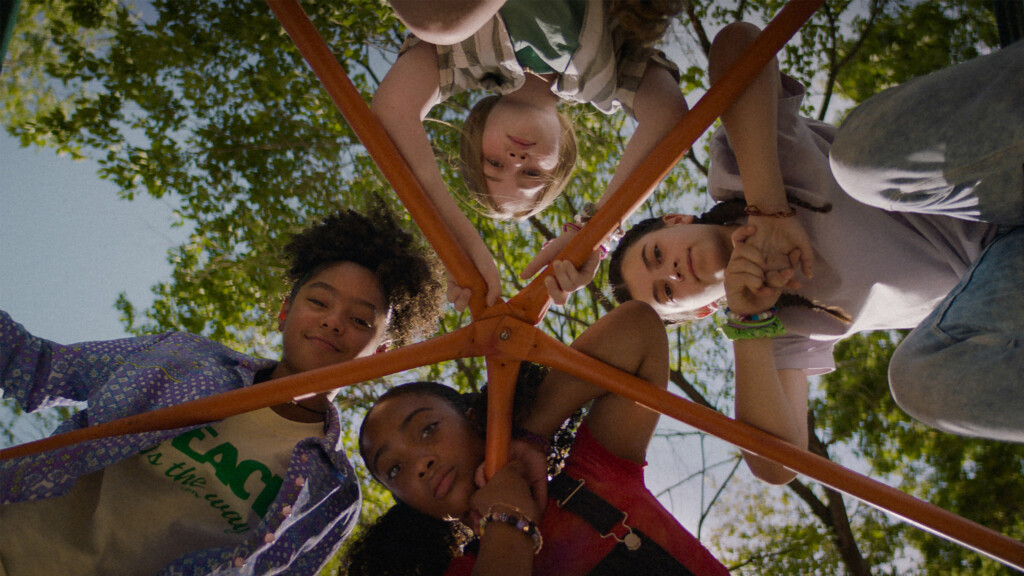
Again, new Hallmark productions for its popular holiday television movie programming in November and December included filming in Utah. They included Love on the Pecan Farm, with scenes shot in Washington, Wasatch and Salt Lake counties. Christmas at the Madison, Part 1 & 2 was filmed last April, with both productions resulting in the hiring of 186 crew members and in-state spending of $4.2 million.
Feature-length projects, which have anticipated release dates sometime this year, also were granted incentives for production shooting in Utah, including Sick, a Miramax production with scenes shot in Weber County, the indie comedy California King and the Untitled DNA Project, a comedy for Electric Entertainment. Another project was The Thing With Feathers’, directed by Amy Redford. “Putting my deep history with the state aside, what I have come to know about the film ecosystem in Utah made this the perfect place to shoot a contained thriller that evokes everywhere USA,” Redford said in a statement published by the Utah Film Commission. “There is a hardworking, unflappable and unfussy nature of the crew here that adds to efficiency, creativity and overall good times. So much to choose from in this state, you can be anywhere or only here.”
Similarly, Utah’s grand landscapes continue to draw new series, including Wilderness Therapy, a new series directed and co-produced by Mitch Davis “My home and my heart are in Utah. So are the unparalleled scenery and talented filmmakers. I am so glad the film incentive made it possible for me to film here, where this story belongs,” said Davis in a prepared statement last year, as published by the film commission.
Virginia Pearce, head of the Utah Film Commission, says that the summer of 2021, even with ongoing pandemic precautions, was the busiest season ever for film production activity in the state. There were 23 projects totaling $40 million in incentive spending and local jobs for approximately 2,000 cast members and production crew staff.
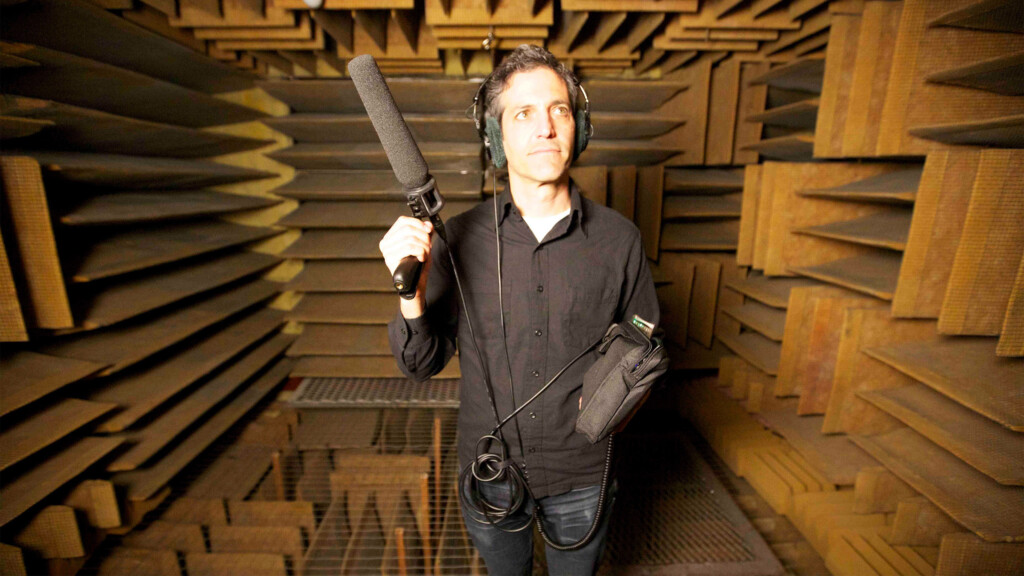
Mellus adds that Utah is an ideal drivable market for film industry personnel. There also is a good chance that Utah television viewers might have noticed some familiar locations in commercials for various automobile makers and models. At least 10 commercials were filmed in the state during the past year.
There were at least five additional productions with holiday season themes that were shot in Utah, even though they did not receive incentive credits through the state program. Activity has been so robust that it only makes sense for the Utah Legislature to beef up funding for the motion picture incentive program. The state’s reputation as an ideal location for production along with the availability of professionally qualified personnel has been solidified, as exemplified by the growing list of films, episodic series and television programming shot in the state.
Christmas-themed productions have found a welcome spot for filming in Utah. This included the most recent holiday season offering of Candy Coated Christmas, the Food Network’s first foray into a feature-length television movie that starred Ree Drummond, host of the popular The Pioneer Woman cooking series. The film also was available for streaming on the new discovery+ service. Pearce says the genre will continue to be popular for producers seeking a Utah location. Shooting for a Christmas-themed movie for the 2022 holiday season is slated to begin in Utah next month.
UTAH FILM CENTER FISCAL SPONSORSHIP
Once again, Utah Film Center’s fiscal sponsorship program has proven its concept especially for filmmakers who are not just looking to submit their films to Sundance but to give them life extending to national and international film festival circuits as well as distribution in theatrical channels and broadcast and streaming platforms. Once a project is accepted into the program, the film can take advantage of the film center’s role as a 501(c)(3) nonprofit, making it easier for donors to contribute directly to the project of their choice. It has become a win-win model for all stakeholders, including donors who contribute to specific center’s fiscal sponsorship initiatives.
Donations are completely tax-deductible, and filmmakers receive 94 percent of the donations, as the center only uses six percent of each donation to cover administrative expenses. And, every film that receives fiscal sponsorship is eventually presented at one of the many free, public screenings the center offers every year. There have been 307 films that have received a center fiscal sponsorship.
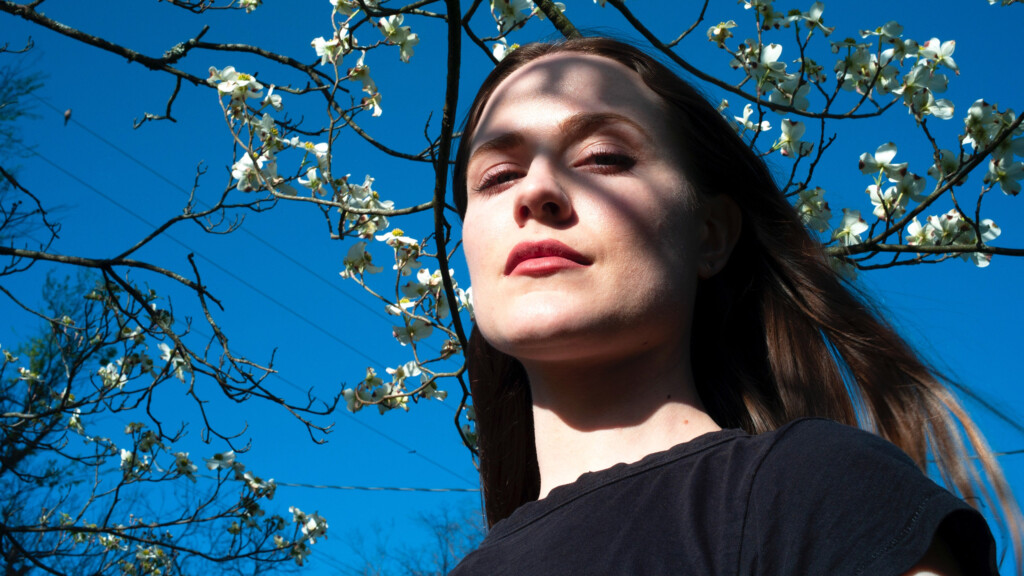
To date, numerous films have premiered at Sundance or at other major film festivals including the Toronto International Film Festival and Tribeca, with many garnering major juried awards. Many are picked up for distribution and have become available on streaming platforms. The Utah Film Center also brings numerous Sundance projects after their premiere back to local audiences as part of their regular programming.
“This is a big year for films that we have always been thrilled to support because of their themes which are so common to the projects the fiscal sponsorship program is dedicated to helping realIze their vision,” Mariah Mellus, Utah Film Center managing director, says. In addition to the two Sundance kids features programmed by the center (Maika and Summering), the fisca sponsorship program has two festival special selection entries: Last Flight Home, directed by Ondi Timoner as a personal, testament and chronicle of her ailing father’s decision to end his life, and Phoenix Rising, about Evan Rachel Wood and her fight for reform laws dealing with domestic violence and on sexual abuse allegations against Marilyn Manson. There also are four other films that Dreyfous, the center’s cofounder and board chair, has in this year’s lineup. The films encompass the topics of an inadequate maternal health system, undocumented immigration, climate change and the elemental ubiquitousness of sound in our conscious and subconscious lives.
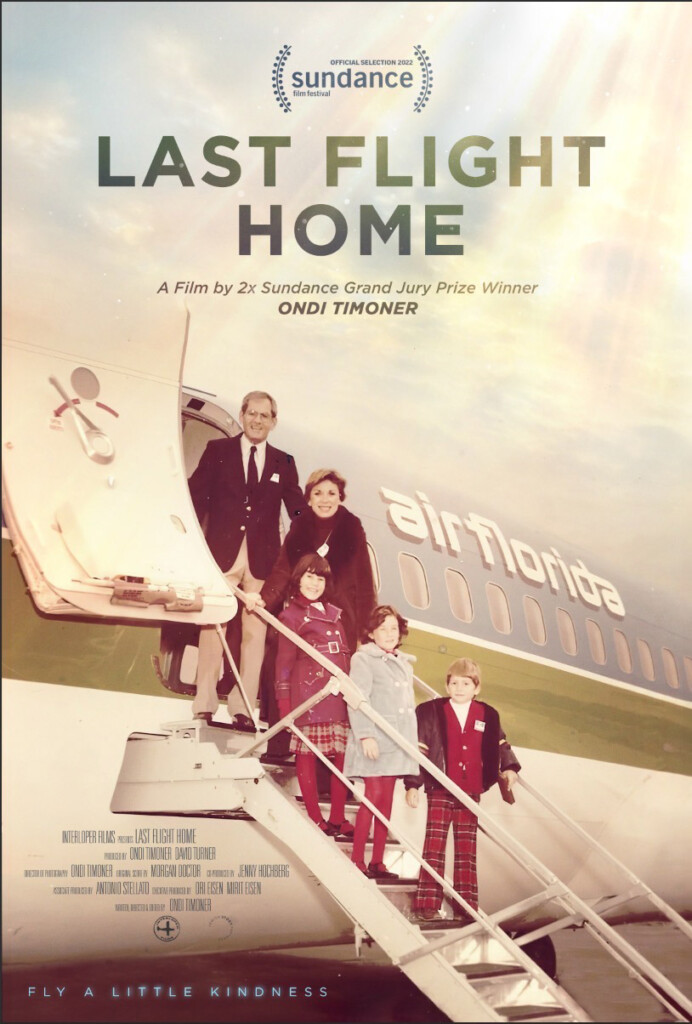
Mellus says the fiscal sponsorship program is focused on the center’s broader mission of nourishing the cinematic ecosystem. Certainly, the projects which are supported with a fiscal sponsorship eventually become part of the center’s annual free, public programming, where screenings involve an appearance and dialogue with directors and, in some cases, the subjects featured in the films themselves. Since 2008, when the fiscal sponsorship has been initiated, many filmmakers who discovered the access and benefits associated with it have realized, according to Mellus, that it is not only Sundance that can deepen the ties a filmmaker has to Utah but also to connect on an ongoing basis with an audience that genuinely appreciates and is cinematically literate when it comes to viewing, sharing and recommending independent films. “We consider these filmmakers as part of our family in Utah,” she adds. Several filmmakers have had more than one project supported through the center’s fiscal sponsorship options. This includes Timoner, who now has had four projects receiving such support.
Mellus says the center also will resume programming to assist Utah filmmakers through its Artist Foundry, which was discontinued temporarily because of the pandemic. The workshops and activities will be housed in the 11th floor offices of the Broadway Media Tower in downtown Salt Lake City. The center will have a soft launch within the next 90 days for its existing Artist Foundry members and Mellus says that a new summer program should be announced before the end of May. It is anticipated that the program also will encourage local independent filmmakers, including those from Salt Lake Community College’s film program as well as alumni of Spy Hop Productions. The Artist Foundry complements the fiscal sponsorship incentives by allowing filmmakers tp expand their networks and technical capacities while developing their expressive language and philosophy as filmmakers.
SPY HOP PRODUCTIONS
Any status report on the Utah film industry would not be complete without accounting for the presence of Spy Hop Productions and its nationally recognized efforts in developing a genuinely inclusive, diverse, equitable and accessible platform for bringing new creative voices to film, design, broadcast media and music. Its film programs — highlighted by PitchNic and Reel Stories — have been signature elements in cultivating cinematic literacy and the newest generations of professionally capable individuals who are prepared for careers in film and related industries. In addition, spy Hop’s Phase 2 Productions unit operates as a full service production studio bringing together the organization’s alumni and other creative professionals to produce content and work on everything from social media campaigns to training videos to feature-length narrative and documentary productions. Among its client projects have been video and content for the Utah Symphony, Ballet West, Adobe Acrobat and the Loveland Living Planet Aquarium.
Amanda Madden, Phase 2 director and a mentor of the film program (along with José Manzo), says Phase 2 is an ideal safe space for aspiring young media professionals to extend the experiences of their classes into working with industry professionals on projects. “It is about building a sustainable career and life especially for our alumni,” she adds. Phase 2 also offers professional development activities and experiences that include workshops that emphasize becoming familiar with the gear of technology and media, building creative portfolios and learning the etiquette, practices and standards of working in the industry.
Likewise, Matt Mateus, education director for Spy Hop, notes that Phase 2 clients and projects align with the core values and mission of the organization as well as the mentors and students, who represent and come from virtually every imaginable background. Thus, projects have included working with the Salt Lake County Health Department on developing content and messaging regarding opioid substance abuse, or the oral histories recounting the internment of Japanese Americans during World War II at the Topaz War Detention Center in Utah. Other projects have matched Phase 2 participants with projects involving public art, folk artists and the work of archaeologists. The networking potential in Phase 2 ensures the upcoming generation of a professional workforce in the media, film and culture industries will be among the most diverse and representative in modern times, especially in Utah but also extending elsewhere throughout the country.
The breadth and depth of professional opportunities for current Spy Hop students are almost as extensive as they are for alumni. Earlier this month, Spy Hop received support from the CDC Foundation to continue its Vax2theMax 2.0 project—a collaboration with the Salt Lake County Health Department. Vax2theMax 2.0 will engage 40 Spy Hop students enrolled in the spring apprenticeship program (film, music, audio, and design) to create original works that speak to their peers to promote vaccine confidence.
Even well before they graduate from high school, many Spy Hop students make their creative debuts in impressive fashion. Although the pandemic temporarily halted many film festivals in which previous PitchNic student filmmakers have submitted their work, the track record for the organization’s most intensive student filmmaking program is notable.
More than 95 percent of the PitchNic films have thrived in film festivals and have garnered numerous awards over the years. Sown (directed by Calvin Mumm), about how students’ lives have been affected by years of gun violence in schools, won best doc honors at the All-American High School Film Festival in 2020 and was selected for DOCNYC that year as well. Miguelito (directed by Steven Uribe), the first bilingual fictional narrative in PitchNic history, was a finalist for the student division of the Utah Short Film of the Year juried competition at the Utah Arts Festival. Meanwhile, Sanguine, a short documentary about two chronically ill children who focus on the pleasures, joys and hobbies that young people enjoy, earned Cade Langsdon a finalist nomination as best director one year at the Midnight Film Festival in New York City.
Native (directed by Isaiah Woods), a 2017 PitchNic film, screened at the California’s American Indian and Indigenous Film Festival in San Marcos. The film has returned for a second time as a feature at the SFO Museum’s Fly and Explore Video Arts exhibit in the international terminal hall at the San Francisco International Airport. Native also screened on UNC Charlotte TV. Six films from the PitchNic and Reel Stories program screened at the All American High School Film Festival in Harriman, New York. PitchNic short films are professionally polished and ready for festivals, thanks in part to the extensive working relationship Spy Hop has sustained with Redman Movies and Stories in Salt Lake City, which provides production gear.
For complete details about Sundance films and tickets, see the festival website.
Follow The Utah Review daily for reviews and interviews on films through the festival, which ends on Jan. 30.



2 thoughts on “Sundance 2022: Utah’s film industry continues to grow; finds solid representation in slimmer festival slate”